Firm Blade FENG XING Sharp and changeable Blade
﷼13.80
VAT is included in price
If you have not found the product you need. Feel free to contact us
Features:
- Hi Quality Blades.
- Fits all standard 9 mm or 18 mm snap off knives.
- Plastic storage dispenser.
- Easy to install and easy to use.
1 review for Firm Blade FENG XING Sharp and changeable Blade
Description
Description
- The sizes that are offered include 26″, 27.5″, 29″, 30.5″, and 32″.
- Both the handle and the blade are composed of alloy steel.
- Standard design.
- Right-hand orientation.
- High carbon steel blade.
A blade is a combination of steel and carbon known as a steel alloy. It is to produce a required level of stiffness, flexibility, or reliability in a blade. Firm blades yield results that are unmatched by any other tool, whether they are used for DIY crafts or large-scale manufacturing.
From novices to experts, this is the greatest firm blade available for regular practice or exhibitions. This blade is composed of high-quality steel that has been chrome-plated; it is lightweight but stiff. This blade will not bend under its weight when standing on the point, making it suitable for competing in traditional competitions.
This cutting tool, with multiple uses, is designed accurately and precisely. In this article, let’s explore its structure and function in detail.
Components of Firm Blade
The structure of a blade consists of the following basic components.
Arber, Bevel, Bolt, Blade, Edge, and Handle.
Steel is created by adding carbon to iron. Carbon steel is harder and more able to maintain a sharp edge without deforming the higher its carbon content.
Certain steels are better suited for particular uses. A balance exists between corrosion resistance, hardness, toughness, and attainable sharpness. Here are some instances of blade materials and the corresponding trade-offs:
- The newest steels produced by powder metallurgy can be made extremely hard, but they can quickly degrade tools and abrasives.
- A mild steel or low-carbon blade would be cheap to make and of lesser quality. A low-carbon blade would be too soft to keep an edge, bend readily, and be extremely difficult to break. A significantly higher hardness can be tolerated by high carbon (or high alloy, in some listings), but to prevent brittleness, it must be carefully tempered following heat treatment.
Procedure for manufacturing blades
The first forging
In the past, forging was used to shape a blade’s initial shape, however blanking or stock removal are also options. Steel can be folded to purify raw steel or to create beautiful pattern welded steel. The particle size is minimized because if the blade material gets too hot, the growth of particles can occur very quickly.
Blanking is the procedure used to create “blade blanks,” either in a private shop with adequate equipment or in a large manufacturing setting. Several techniques can be employed to do this, based on the material’s thickness and the alloy composition of the steel to be sliced. The sheet material can be stamped to create lower alloy blanks and thinner cross-sections. Lasers, electron beam cutting, and water jet cutters can be used for tasks that need a larger production volume or more challenging materials.
Blade makers will occasionally contract out blanking to a shop that possesses those specific characteristics. Other approaches must work for producers with smaller budgets or production levels.
Sanding
If the piece of steel hasn’t been hardened yet, this can be done with files in the absence of power tools. A beginner typically uses small belt sanders or grinding wheels. Proficient artisans typically utilize a sizable industrial belt grinder or a belt grinder designed especially for crafting knives. If the heat-treated blade is maintained cool, it is possible to do pre-polish grinding on it without damaging the steel’s temper. Heat discoloration is an indicator that the blade has overheated. Some knife makers spray the grinder with coolant to do this.
Thermal processing
Thermal processing techniques include molten salt, vacuum furnaces, atmosphere furnaces, coal (coke) forges, and oxy/acetylene torches. The process of quenching following thermal treatment varies depending on the metal type and individual preferences. Oil, animal tallow, water, air, or brine can all be used for quenching. A particular temperature, soak period, and tempering heat are necessary for most steels depending on the grade.
The blade finishes
The grit of the finishing grind dictates the blade’s final quality. These range from a mirror-shine to a low-shine 280–320 grit finish. A high polish shine can be achieved by hand rubbing with incredibly fine wet or dry abrasive paper that has an approximate grit of 10,000–12,000 and buffing with chrome oxide (such as white or green chrome). Depending on the finishing technique, the blade’s scratch pattern may also have a variable direction.
Handle manufacturing process
There are various methods for creating handles based on the blade’s tang. While blades without a full tang can be put into a solid handle and then attached using one of the methods listed above, full tang blades typically have handle scales pinned, riveted, or screwed onto the tang itself. Handling materials can be man-made or natural, such as brass, plastic, carbon fiber, polymer, or micarta. Natural materials include wood and elk horn. Small-diameter contact wheels and other attachments make it possible for a firm blade maker grinder to create blade handles.
Function
The Firm Blade’s main job is to cut with accuracy and control in a range of situations. This instrument is exceptional at cutting with precision and efficiency, whether it is being used in outdoor activities, professional kitchens, or workshops. The blade’s remarkable performance is attributed to its durability and sharpness, which make it an adaptable partner for a variety of jobs.
Wrapping Up
The Firm Blade is a unique cutting tool that combines premium components with meticulous construction. Its unmatched reliability for both novice and experienced users can be attributed to its alloy steel composition, right-hand orientation, and standardized design. The details explore the parts of the blade, how it is made, and how important heat processing is to get the right level of hardness and durability. Every stage, from the first forging to the painstaking finishing grinds, is essential to producing a blade with exceptional control and precision. The Firm Blade’s performance is evident whether it is used for traditional contests, large-scale manufacturing, or do-it-yourself crafts. It is a dependable and adaptable partner for a variety of cutting jobs.
The narrow, flat blade of a knife or other comparable equipment or weapon that is used for cutting.
Carbon steel, stainless steel, tool steel, and alloy steel are the most often used materials for blades. Ceramic, obsidian, plastic, and alloys including cobalt and titanium are less frequently used materials in blades.
Related products
-
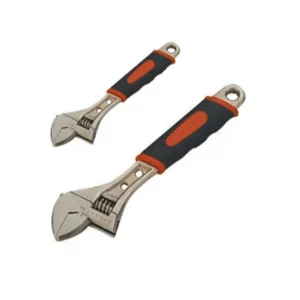
Hi Quality Wrench, Heavy Duty Steel Wrench. 8″, 10″, 12″
5.00 out of 5﷼17.25 – ﷼28.75 -
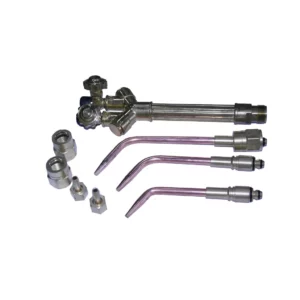
Welding Torch with Pipe, Little, Quick and adaptable Welding
5.00 out of 5﷼92.00 -
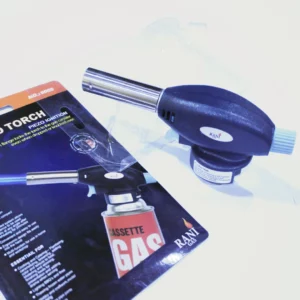
Firebird Gas Torch One Torch Piezo Ignition
5.00 out of 5﷼23.00 -
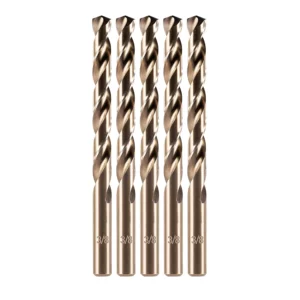
HSS Straight Shank Twist Drill Bits
4.00 out of 5﷼1.75 – ﷼17.25 -
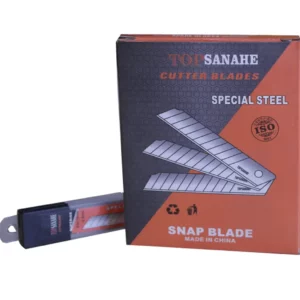
Top Sanahe Cutter Blade Special Steel Snap Blade
0 out of 5﷼6.90 -
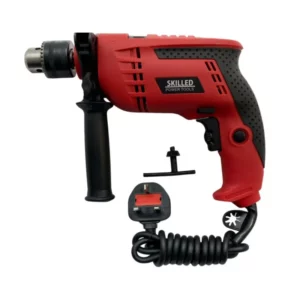
Skilled Power Tool Drill,450W, Load Speed 3000/min, Voltage 220-240v- F=50/60HZ
4.00 out of 5﷼103.50 -
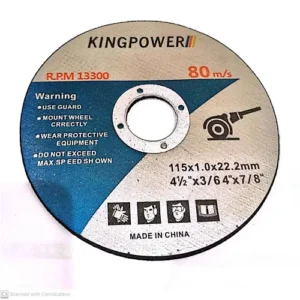
Cutting Disc 1mmx4.5″ Black King Power Coarse, Angle Grinder
5.00 out of 5﷼2.90 – ﷼103.50 -
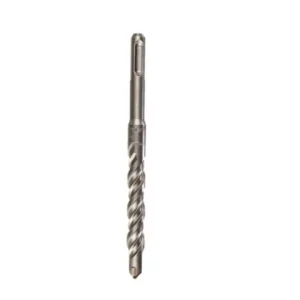
Hilti Germany Wall Feather
5.00 out of 5﷼5.75 – ﷼23.00 -
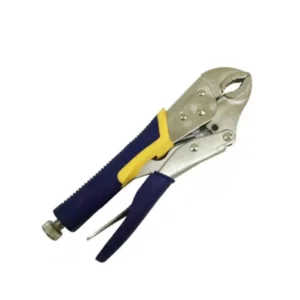
Locking Plier, Insulated Grip, Non Conducting Grip Plier
5.00 out of 5﷼17.25 -
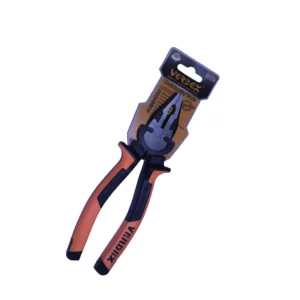
Plier Hand Tool DIY & Tools, VERDEX
5.00 out of 5﷼17.25



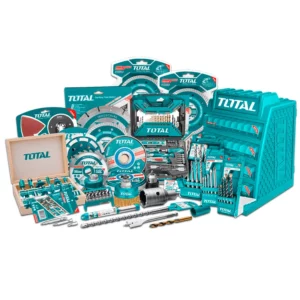

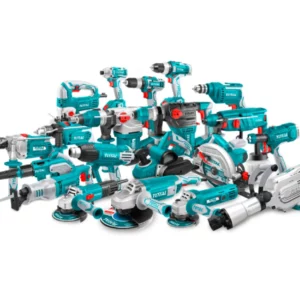
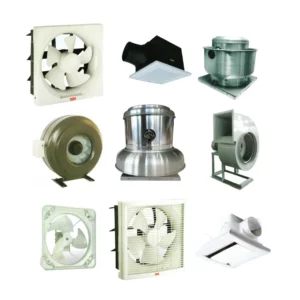
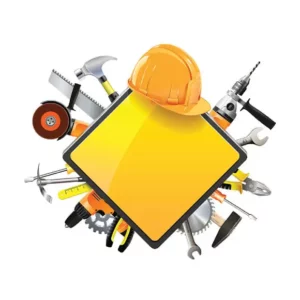
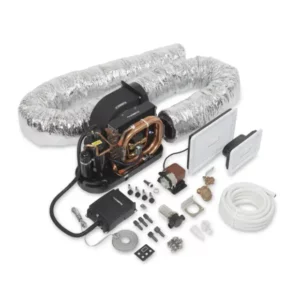
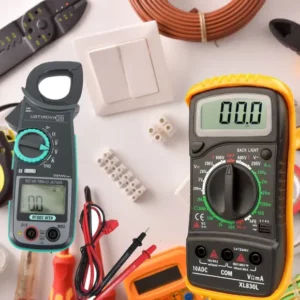
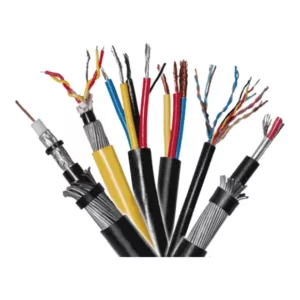


uzair –
The FENG XING Firm Blade Set emerges as a beacon of precision and adaptability, catering to the diverse needs of craftsmen and DIY enthusiasts alike.